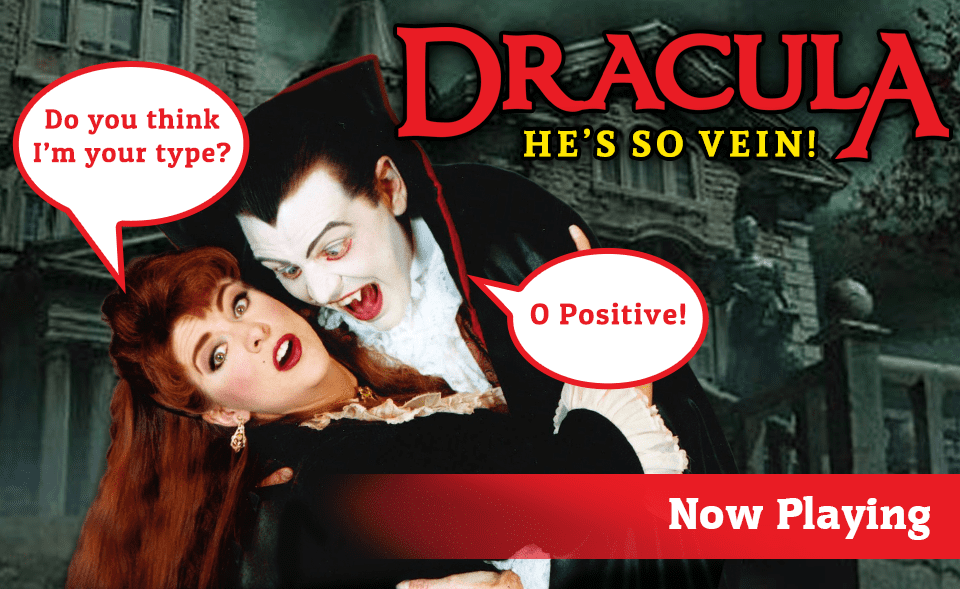EDINBURGH, SCOTLAND — For my last show in person here at the Fringe, I could not help but be intrigued by the posters of a young woman burning up the DSM 5. For those who may not know, that is the manual of mental health disorders that clinicians use to help diagnose people. That’s Not My Name, written by and starring Sammy Trotman, is a (mostly) one woman show that goes through her saga of mental health treatment, or probably better termed mistreatment, and how she has found different ways to “work” through that.
As a therapist, I was deeply intrigued by the premise of this show. Trotman discussed quite openly about how she has been given several different diagnoses, and how those labels have not done much for her except alienate her from others and push lables on her. This is not an uncommon feeling, nor one that I disagree with. Most of the time as a therapist we are forced to give a diagnosis, at least where I practice in the USA, in order to bill insurance. However, as Trotman points out in her show so well, it takes more than just a conversation or two to understand or even attempt to truly have empathy for the client in front of us. That is why the field of Drama Therapy is intriguing to me, and whether or not Trotman knows it, her production was in fact Drama Therapy in action.
Going through experiences from her childhood, where her parents did not provide her the nurturing and acceptance that she needed, Trotman pinpoints and discusses how she started to feel neglected as a child. She also shows how she struggles to understand empathy for others, and wonders outloud with the audience if she is the one with maladaptive behaviors, or if it is her psychatrist being the one who is suffering from mental health disorders. These are truly valid questions.
Much of the evening was what I would term organized chaos. And I mean that in the best way possible. The show was well scripted and truly gave an exact picture of what a person goes through when their emotions and mental health feels bigger and more than what society accepts. The treatments that are often available are neutral at best, harmful at worst, and Trotman showed so well how all of this affects someone. Trotman apologized a bit during the show for the chaos, but it is exactly what is needed to start the conversation about trauma and mental health. A lot of what happened on that stage was beautiful healing, and the trauma may always be there, but sharing it with the audience that seemed to be there with Trotman in her pain was the best advertisment for how art can be a method of healing and support.





